Investing can feel overwhelming, but focusing on the right metrics can help you identify strong opportunities. By examining five key performance indicators (KPIs)—Revenue, Profit, Free Cash Flow, Book Value Per Share, and Return on Invested Capital—you can spot companies with genuine growth potential. Aim for at least 10% annual growth in each of these KPIs for stocks. Here’s a breakdown of why these KPIs matter and how to use them in your stock analysis.

1. Revenue: The Core Growth Indicator for Stocks
Revenue represents a company’s total income from sales before deducting expenses—essentially the engine driving business expansion. When evaluating key performance indicators for stocks, look for revenue growing at 10% or more year-over-year; it signals strong customer demand and market relevance. If revenue is stagnant or declining, it could indicate fading interest in the company’s products or services.
For instance, if a tech company reports $100M in sales this year and $110M next, that meets the 10% threshold. Review the income statement in quarterly or annual reports, analyzing trends over 3-5 years. Avoid relying on one-off boosts, like from asset sales—these aren’t signs of sustainable growth. Consistent revenue increases are a top KPI for spotting winning stocks.
2. Profit: Measuring True Bottom-Line Efficiency
Profit, or net income, is what remains after subtracting all expenses, taxes, and costs from revenue. Among key performance indicators for stocks, a 10%+ annual profit growth demonstrates not just sales increases but effective cost management and operational efficiency. If profits rise due to temporary factors like tax breaks rather than core improvements, it’s a warning sign.
Consider a retailer with $10M in profit this year rising to $11M next—that’s solid 10% growth. Dive into the income statement for details. Over multiple years, steady profit expansion indicates a thriving business, making it a crucial KPI in stock evaluation for long-term investors.
3. Free Cash Flow (FCF): Assessing Cash Generation Strength
Free Cash Flow measures the cash left after operating expenses and capital investments, such as equipment purchases. As one of the essential KPIs for spotting winning stocks, a 10%+ yearly FCF increase shows real financial flexibility for dividends, share buybacks, or reinvestments. It’s a more reliable indicator than profit alone, as it highlights usable cash.
Picture a manufacturer generating $20M in FCF this year and $22M next—achieving that 10% mark. Locate FCF in the cash flow statement and compare it to net income; significant gaps might suggest accounting issues. Robust FCF growth signals resilience, a key factor in stock KPI analysis.
4. Book Value Per Share (BVPS): Evaluating Underlying Value
BVPS calculates a company’s net worth (assets minus liabilities) divided by outstanding shares, representing theoretical shareholder value in a liquidation scenario. In key performance indicators for stocks, seek 10%+ annual BVPS growth, which points to accumulating assets faster than debt and overall value creation.
If BVPS rises from $50 to $55 per share in a year, that’s 10% progress. Check the balance sheet for total equity and shares outstanding in annual reports. Growth driven by retained earnings or asset appreciation is ideal, but watch for dilution from new share issuances. Rising BVPS is a safety net KPI for identifying undervalued winning stocks.
5. Return on Invested Capital (ROIC): Gauging Efficiency and Profitability
ROIC assesses how effectively a company uses equity and debt to produce profits, computed as net operating profit after taxes divided by total invested capital. Among KPIs for spotting winning stocks, 10%+ annual ROIC growth indicates improving efficiency and superior management—separating top performers from averages.
For example, an ROIC increase from 15% to 16.5% reflects 10% efficiency gains. Pull operating profit from the income statement and invested capital (debt plus equity) from the balance sheet. High, rising ROIC is a hallmark of elite companies, making it an indispensable KPI in advanced stock analysis.
Why 10% Growth in These KPIs Signals a Winning Stock
Targeting 10% growth across these key performance indicators for stocks ensures outperformance against inflation (2-3%) and historical market averages (7-8%). It highlights momentum and sustainability. By integrating these KPIs into your research, you can make more informed decisions and build a portfolio focused on long-term winners.
This is not financial advice, just financial education to help you make informed choices.

